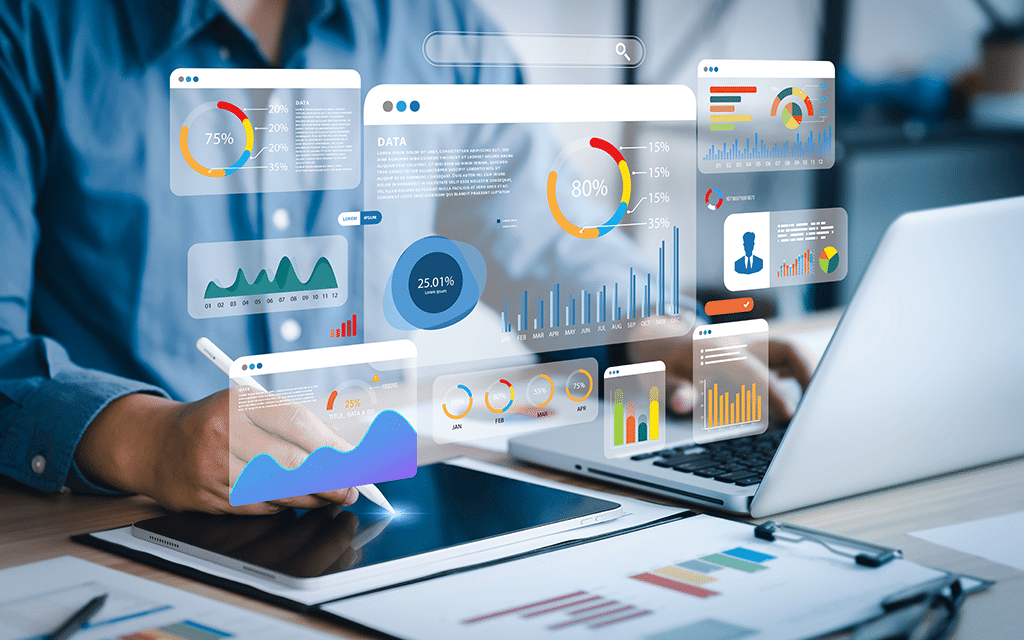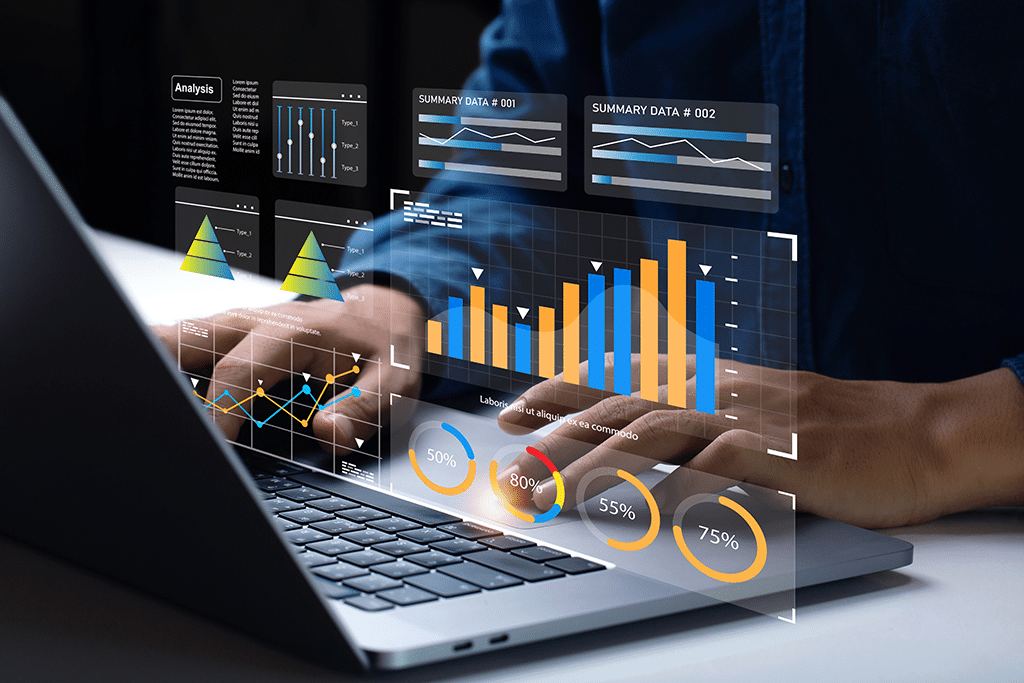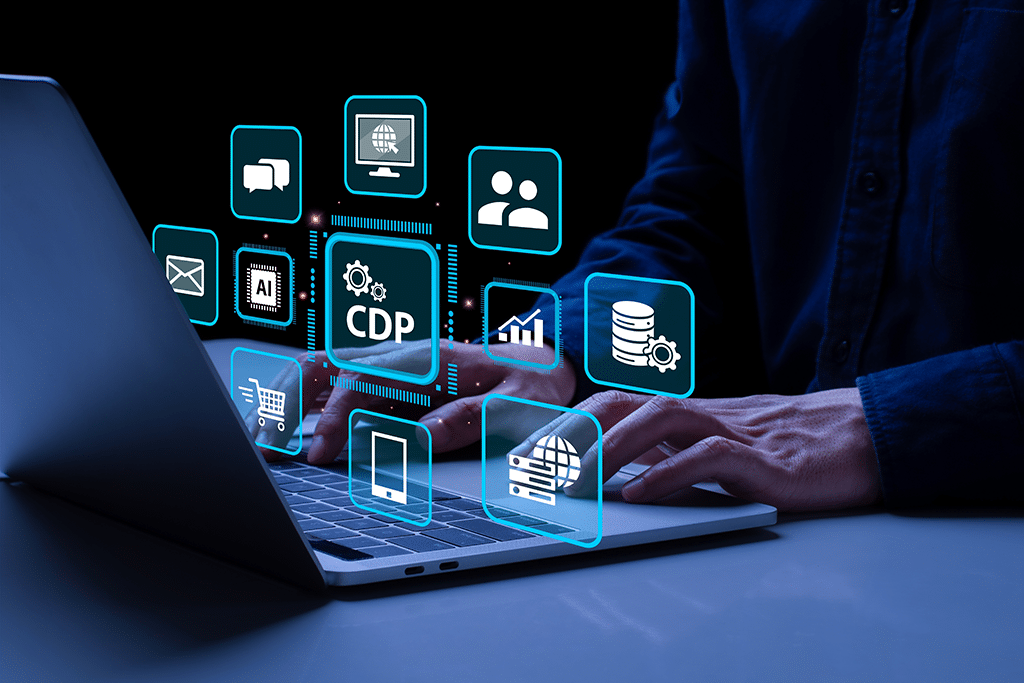[CDP] Customer Data Platform Explained
Is it time to create a single source of truth for your customer data? If you answered yes, then take a look at Customer Data Platforms (CDPs). They can give you this power since they are designed to collect data from multiple sources and team efforts while creating processes to ensure records are not duplicated in your database.
In this way, CDPs are also great at breaking down business and data silos so employees can collaborate on projects faster and easier than ever before.

If you are interested in learning how to be more efficient with data so you have the time to create the best adverts, marketing emails, and content for communicating with customers, keep reading. We cover what a Customer Data Platform is, how it can help your business, and some of the advanced features you can get from signing up for one.
Make sure you stay till the end, as we also explore how Customer Data Platforms work and give you two powerful software solutions for your business needs.
Let’s get started!
Customer Data Platform: Definition
A Customer Data Platform combines data from many sources, and stores it in a single database for easy access. Businesses choose to add a CDP to their software systems when they want to create complete customer profiles that are easy to view and manage. Professionals that work in marketing, sales, and customer service teams are the individuals who find a CDP helpful since these are the people who often work with customer data.
Purpose of a Customer Data Platform: Software Solutions
There are many grounds as to why a business should choose an enterprise Customer Data Platform solution. Let’s take a look at some of the reasons why teams are moving towards using CDP software in real life.
“The global CDP market is expected to grow from USD 3.5 billion in 2021 to USD 15.3 billion by 2026, at a Compound Annual Growth Rate (CAGR) of 34.6%.”
MarketsandMarkets, 2021
1. Gather and Unify Multiple Sets of Data
First off, CDPs collect customer data from various platforms, such as:
Then, the data is combined to create individual customer profiles that are easy to understand. By storing profiles in a single well-organized database, teams across an organization can access complete customer data, which can be analyzed for various marketing campaigns that require personal or custom designs.

2. Create Audience Segments
This is a super important task for marketing teams. So, do you want to make this process simpler by automatically creating a customer segment? A CDP is the way to go.
It lets businesses easily categorize data into various groups based on:
This data can then be analyzed using a CDP’s analytics tools. Then, reports can be generated to explain trends in the market or to gain a better understanding of your unique customer journey. These insights help teams to make better data-driven decisions based off customer data.
3. Create More Targeted Marketing Campaigns
With a Customer Data Platform, teams can build personalized marketing campaigns for customers. They do this by leveraging real-time data that automates the appearance of personalized messages for online customers. Think of all the product offers or specific content you can share across your communication channels using a CDP.
Therefore, it comes as no surprise that marketing teams are seeking a premium CDP, like the one in Salesforce Marketing Cloud. Salesforce’s CDP helps employees engage with customers in more ways to supercharge brand loyalty.

4. Manage Customer Data
As we know, customer data is considered private. For this reason, Customer Data Platforms often provide tools and features to manage data privacy and regulatory compliance frameworks, such as GDPR or CCPA. These CDP tools ensure that employees handle customer data securely so that your business follows compliance requirements.
How Does Having a CDP Help a Business?
There are many ways it can help a business. One way is that it helps multiple teams to unify instead of working in disconnected silos. With a Customer Data Platform, many different business units across an organization can access the same data.
This is a much safer and consistent way of working, since there is a single source of truth for customer data. Additionally, teams can collaborate and share accurate information with each other which helps everyone to connect on projects, while saving resources and time.
Here are two other ways a CDP can assist teams in a business:
Secures Customer Data
We mentioned briefly that a CDP has tools to secure your customer data and keep it private. But how does it do that? Well, a CDP usually has data encryption capabilities. Whether data is at-rest or in-transit, a solid CDP should offer a data protection feature to make sure unauthorized users do not have access to your information.
Remain Compliant
In this day and age, there are common data protection laws, such as:
- GDPR: General Data Protection Regulation
- CCPA: California Consumer Privacy Act
- HIPAA Compliance: Health Insurance Portability and Accountability Act
The Customer Data Platform that you choose to work with should have tools and features to support your compliance needs. For example, an important feature for compliance is data subject rights, which include:
Features of a Customer Data Platform
As we learned, a CDP provides businesses with a central location to merge data from multiple sources. This capability allows teams to manage their customer data exceptionally well across channels. So, let’s dive deeper and look at some of the stellar tools that a CDP provides:
| Feature: | Explanation: |
|---|---|
| Connecting Online to Offline | This feature combines customer data from digital sources and physical interactions. It’s a valuable feature that can be used to create a complete customer profile in your CDP. After analyzing the data from multiple touchpoints like in-store purchases and loyalty programs, businesses can design better customer experiences. |
| Customer Personalization | After collecting customer data, you can use the customer personalization features from a CDP to create consistent and tailored experiences across all your emails, social media posts, and mobile apps. |
| Lead Scoring | Not all CDPs offer a lead scoring feature, but those that do let businesses manage data better. For example, a CPD can collect data from many interactions to score a lead. Based on the scoring system, marketers and sales teams can focus their efforts on approaching those leads considered closer to converting to customers. |
| Retargeting and Lookalike Advertising | These are powerful CDP features that ensure teams can reach specific target audiences. These potential customers are categorized based on their previous behaviors. Their data is also used to predict who could be a new potential customer. These features are popular for improving ROI on marketing ventures, as they help teams identify new customers while managing advertising budgets. |
| A/B Testing | This feature is found in many CDPs and can let you examine each of your marketing strategies. Then, you can choose the one that works the best for your business. For example, marketing teams can deploy multiple adverts or product offers. Then, the campaigns can be compared using A/B testing. This feature teaches marketing teams what works in the real world so that they can optimize their efforts in future projects. |
| Omnichannel Automation | This feature automatically collects customer data from websites, customer relationship management systems, and mobile apps. Businesses use this feature to also gather customer data from social media platforms, emails, and e-commerce apps. |
| Optimizing Conversion Rates | With a CDP, businesses get analytics tools to study their various communication channels. Then, they can find out which touchpoints are making the most conversions. This kind of insight assists managers in correctly assigning resources and budgets to marketing campaigns. |
How Does a Customer Data Platform Work?
The easiest way to explain it is with a few points that highlight the different stages in the process:
- Customer data from offline and online channels are collected.
- The data is unified, and any identities from your other channels are resolved.
- From this, a complete customer profile is created.
- Any additional and ongoing data is collected for the specific customer profiles.
- Customers can be segmented into groups based on real-time and historical data.
- Customer data is assigned to different marketing and advertising systems so that they are ready to be deployed when needed.
- Throughout the process of data collection and management, data is kept private and secure to comply with regulatory frameworks.
- After the deployment of marketing initiatives, analytics tools can be used to calculate customer experiences.
- If your CDP is connected to machine learning and AI tools, you can improve the capability of your system.

Customer Data Platform Example: Salesforce Customer 360
If you are impressed by the capabilities of CDPs and want the best software on the market, we recommend Salesforce Customer 360. It offers a CDP, previously known as Salesforce Audience Studio. Some of you might also know it as Interaction Studio.
Nonetheless, with a Salesforce Customer Data Platform, businesses can collect and merge customer data from many apps, third-party systems, and channels. With a single view of all your customer data, you can go forth and make the best decisions for marketing campaigns and engaging with customers.
Here is one example of how Salesforce Customer 360 works as the best Customer Data Platform.
Consolidating Customer Data
With Salesforce CDP, businesses can collect customer data from these popular apps and systems:
All this data is unified into a single profile for each customer. Now, your teams have access to a 360° view of their customers.
TITAN’s Solution for Salesforce Customer 360 Users
Although Salesforce Customer 360 is recommended as a Customer Data Platform for companies, it is not perfect. Sure, it can unify customer data and can be used to craft tailored experiences, but it has limitations that could impact your marketing ventures.
For example, configuring Salesforce Customer 360 into your system is complex if you have third-party integrations. If you are one of those businesses with a custom software stack, then you might need a Salesforce consultant or developer to help you integrate Salesforce Customer 360 successfully.

If you don’t have the time or resources for custom Salesforce development, we recommend Titan. Our no-code platform integrates directly into Salesforce with a few clicks. And that’s not all!
Once you are set up with Titan and Salesforce, you get real-time bi-directional data flows between your Titan projects and Salesforce to ensure your data is always accurate in your CRM system. Here are a few features you get from Titan to help with Customer Data solutions:
This is just a short feature list of what you can accomplish with Titan. For a custom Salesforce solution or a mega upgrade to your business processes, make sure to contact us through one of our social media links below.
Titan’s Dynamic Tools for Salesforce Solutions
Thanks for reading our article on Customer Data Platforms. We hope we have inspired you in new ways on how to collect and unify data seamlessly. For more information on collecting customer data for Salesforce without the need for custom development, make sure to check us out.
Titan can streamline any process and connect your web projects to Salesforce!
See you soon.

Disclaimer: The comparisons listed in this article are based on information provided by the companies online and online reviews from users. If you found a mistake, please contact us.
